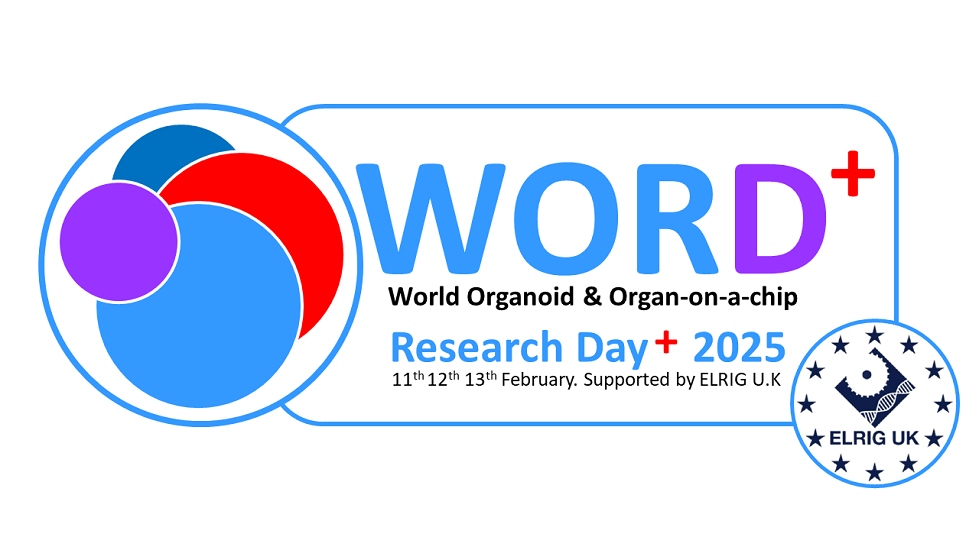Authors
M Aquila1; L Brambilla2; L Quetti2; A D'Angelo3; C Battaglia1; G Fioreze1; S Corti4;
1 3Brain AG, Pfäffikon, Switzerland, Italy; 2 Department of Neurology, Fondazione IRCCS Ca' Granda - Ospedale Maggiore Policlinico, Italy; 3 Department of Pathophysiology and Transplantation (DEPT), University of Milan, Italy; 4 Department of Pathophysiology and Transplantation (DEPT), University of Milan, and Department of Neurology, Fondazione IRCCS Ca' Granda - Ospedale Maggiore Policlinico, Milan, Italy, Italy
Overview
The development of brain organoids offers a valuable tool for studying complex brain circuits and their disruptions in neurological disorders. This study aims to address the challenge of dissecting brain organoid functionality for therapeutic development.
Introduction
High-dimensional neural circuits play a crucial role in various neurological disorders. Probing the activity of brain organoids is essential for advancing therapeutic development. Current methods for analyzing brain organoid functionality pose challenges.
Methods
The study employs a high-density multi-electrode array (HD-MEA) to measure and analyze electrical activity in brain organoids. The approach involves recording from thousands of electrodes, extracting single spikes, and isolating individual neuron contributions. To demonstrate the applicability in drug screening, the activity of 5-month-old brain organoids is measured before and after treatment with specific drugs.
Results
HD-MEA reveals significant changes in various functional metrics and network connectivity upon drug treatment.
Conclusion
The study validates the HD-MEA technology as a powerful tool for unlocking the full potential of brain organoids in understanding and treating neurological disorders.

